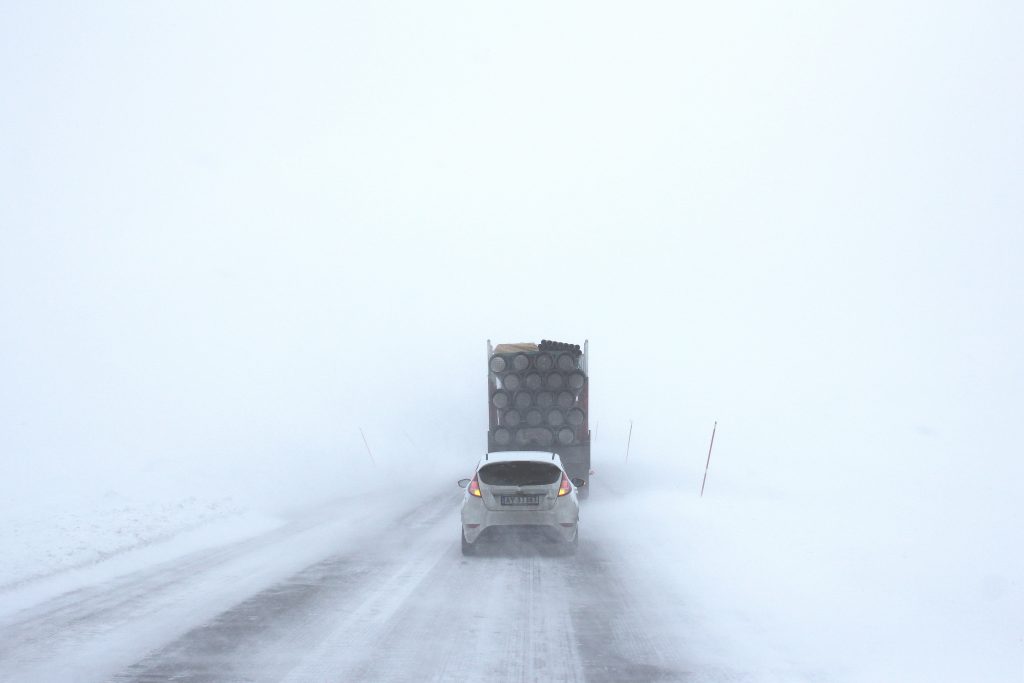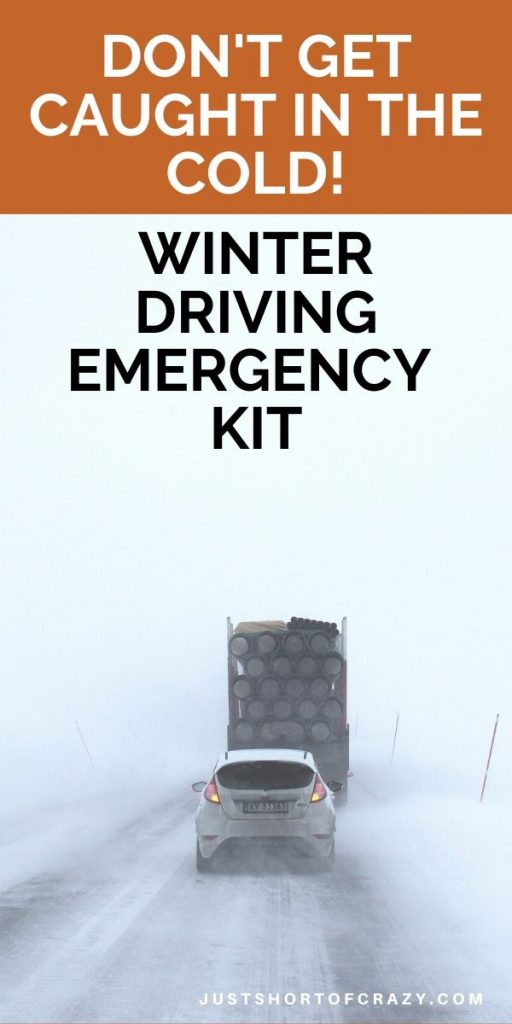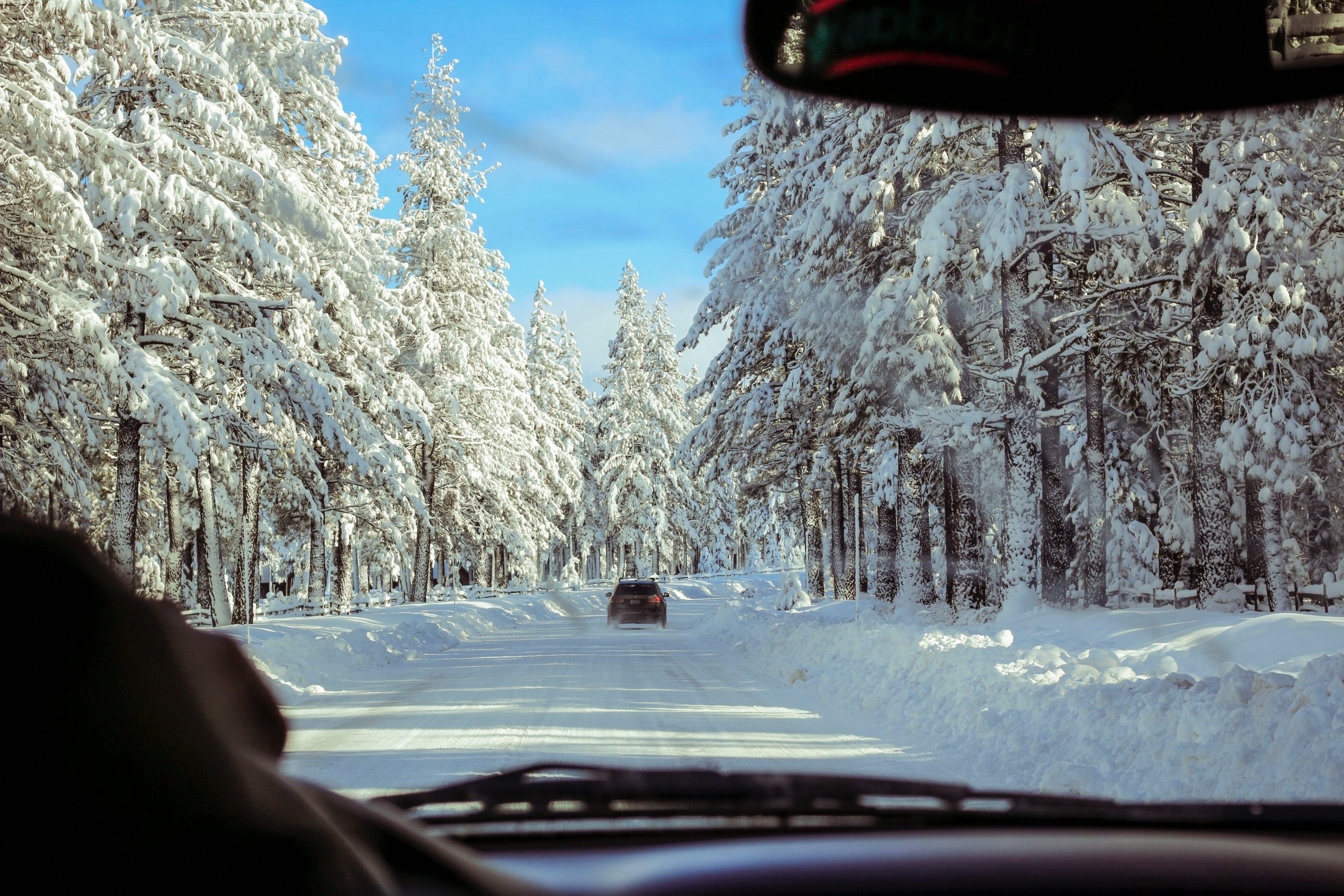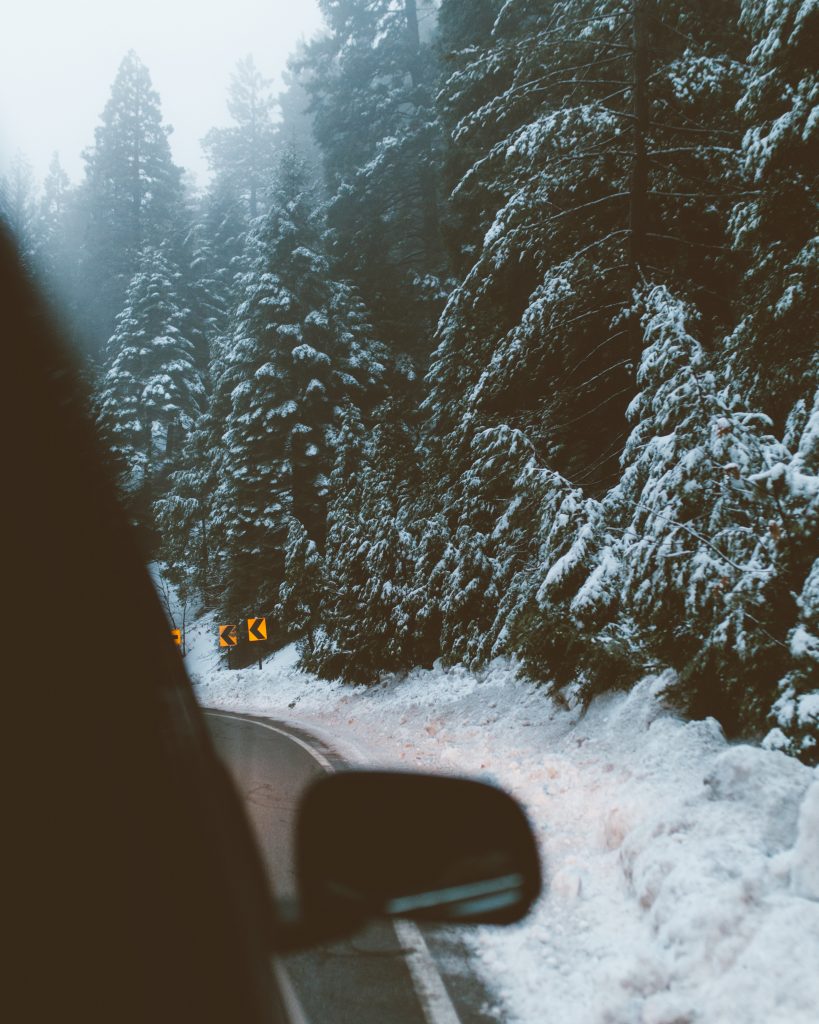Winter Emergency Kit for Cars
This post and its photos may contain affiliate links, view our disclosure policy.
If caught in, or even behind a major accident on a wintry road, the winter emergency kit for cars can save lives, as well as keeping occupants of the vehicle safe and warm.
Winter driving can be the most dangerous that any rural drivers will experience, aside from dangerous mountain passes.
When driving in wintry conditions, it is always best to have a fully stocked winter emergency kit in the vehicle, since accidents are never planned.
Knowing what to put in a winter car emergency kit is very important, especially if driving during a winter show storm.

Basic Winter Emergency Kit for Cars
The most basic components of an automotive winter emergency kit would include, but in no way be limited to:
Flares
Flares should be set up at least 50 yards behind the accident, to warn oncoming traffic of the dangers ahead.
The flares should be set in the middle of the road and placed at 15 to 20-foot intervals towards the accident scene.
Shovel
A lightweight (aluminum) shovel for snow shoveling. This can get the driver’s, or another vehicle dug out of a snowbank, and help to get a vehicle out of a ditch or snow squall.
It can also be used to shovel snow onto the overturned vehicle’s undersides to prevent fires and explosions.
Traction Tracks
Two metal tracks, with teeth on both sides, dig into the ground and gives the tires enough traction to get it going.
This can help vehicles get out of major snow piles, snowbanks, and small ditches.
Candles
Candles provide light and a heat source for inside vehicles when the battery is dead, or nearly so.
However, caution must be practiced as the fumes from the candles could cause breathing problems, and the candles could take up a lot of the available oxygen, causing people to get drowsy, and possibly even to fall asleep.
A window should be cracked open a bit now and then when using candles inside a closed vehicle.
Flashlight
A flashlight can be used to direct the traffic until the police arrive on the scene of an accident. It can also be used to warn oncoming traffic of the dangers they are coming on to.
Warm Blankets
Warm blankets (and solar blankets, space blankets, and fleece or down throws) can make a very cold wait a lot more comfortable.
If at all possible, it is best for more than one person to be wrapped in blankets, to share the heat generated by each body.
Water
Water should be available, as the waiting time while waiting for a major accident scene to be released by the police and the vehicles allowed to leave can be quite long.
People should not go without water for more than a couple of hours, especially when stressed and very cold.
First Aid Kit
For minor scratches and bug bites, and to staunch injuries until the paramedics arrive.
Rope, Towing Cable and Jumper Cables
The rope and towing cable can be used to help other vehicles to get pulled out of a ditch or snow pile.
The jumper cables are for helping any vehicles whose batteries die while waiting for rescue, or for your own battery if it dies in the cold while waiting for rescue.
Many people may place warm jackets, fleece sweaters, and extra, woolly socks in their winter car emergency kits, and, if there is enough room in the trunk, that is a very good idea if traveling long distances in snowy weather.
Games, decks of cards, cell phones with car adapters and external antennas, and CB radios or police scanners.
No matter what extras drivers decide to bring with them in order to pass the time if caught in a major accident, or if stranded due to heavy snow, the basics of the winter car emergency kit should be the minimum that is kept in the trunk during the winter months, at all times.
Pin Winter Emergency Kit for Cars to Pinterest









